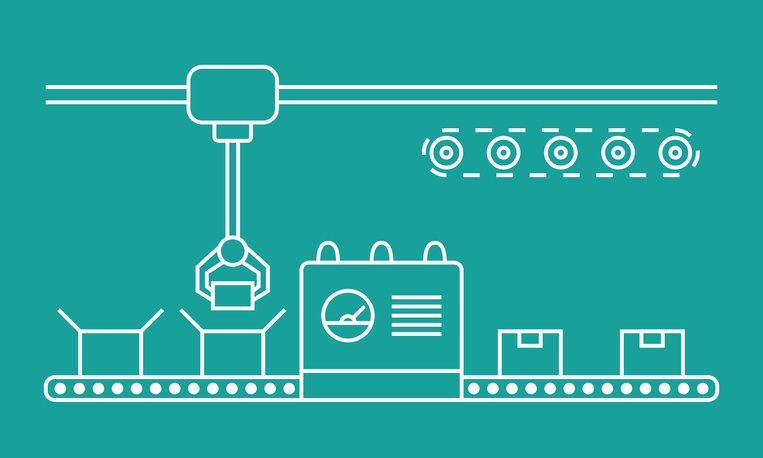When your business manufactures high quantities of the same – or slight variations of the same – product, keeping the machines churning is a great way to continue to meet customer demands without disrupting the production process. Known as continuous or constant manufacturing, this process is regularly used by pharmaceutical, metalworking and textile companies making the same thing efficiently, uniformly and quickly. We’ve highlighted some of the pros and cons of continuous manufacturing so you can weigh your options if you’re a smaller company that’s considering the practice.
Pros of Continuous Manufacturing
• Time is saved. Many machines require specific temperatures or pressure for normal operation, which takes time if you continuously turn machines off and on.
• Energy is saved. Aside from time saved, a business saves lots of energy by avoiding shutting down and resetting machines repeatedly.
• The process is streamlined. Continuous manufacturing eliminates unnecessary steps, reduces processing time and generally manufactures products faster and more efficiently.
• Product quality and consistency isn’t an issue. Constant production ensures that once you set the system up to produce a product a certain way, it will always come out with the same specifications. This is attractive for companies with issues handling product defects from batch production.
• Labor costs are reduced. Once a system is up and running, not much needs to be done aside from general supervision of the machinery. This can help companies save on expensive labor costs and focus investments on innovative technology or production expansion.
Cons of Continuous Manufacturing
• Customization is harder to achieve. Constant production requires consistent product specifications, which can’t be altered hour by hour or product by product. Companies need to be certain there’s no need for product alteration if they operate 24/7.
• Scheduling maintenance is more difficult. Any machine is going to need maintenance at some point. How do you schedule routine work without disrupting your production flow on a continuous system? It can take weeks of planning and coordination to find a way to do this without major production disruptions.
• There is a risk of faults causing a full shutdown. With much relying on the system to function smoothly from end to end, a broken or malfunctioning part of the system could threaten to shut down production entirely.
• Upfront investments will be higher. Whether it’s investment in machinery or engineers to get the system set up just right, initial costs to a continuous production system are often higher than batch systems.
Continuous, constant production is definitely a way to churn out product while limiting downtime, saving energy costs and streamlining production practices. It can also make routine maintenance difficult, and has less room for product customization, which is becoming more common in today’s consumer markets. What do you think of continuous manufacturing as a production technique? Has your business used it with some success? Share with us in the comments below.
